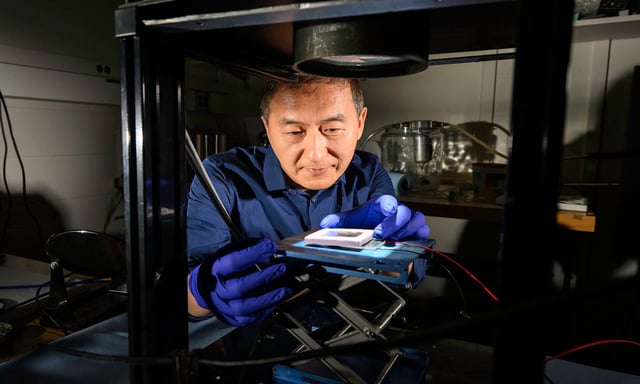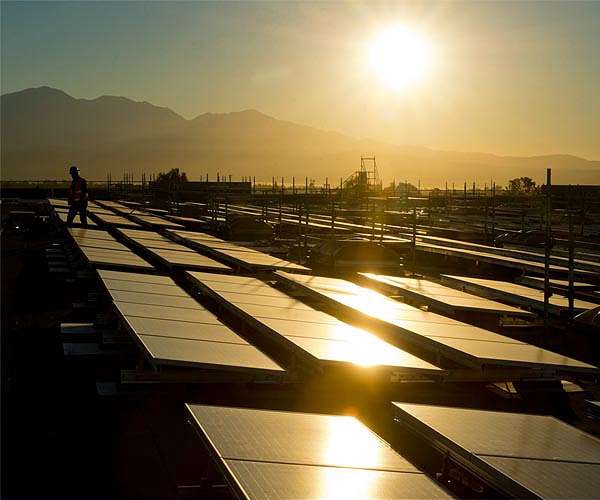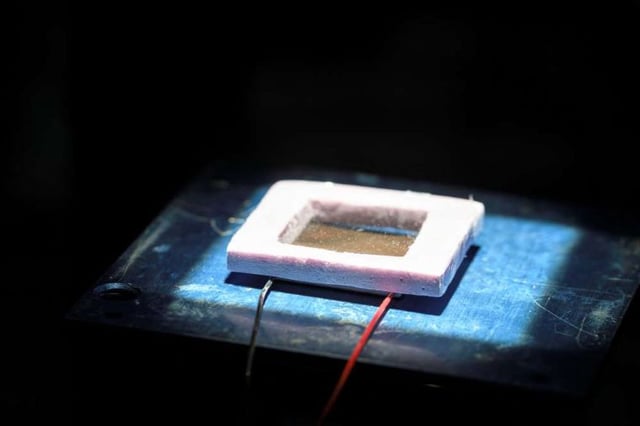Overview
- A peer-reviewed study in Light: Science & Applications shows a ~15× increase in power output through hot- and cold-side spectral and thermal engineering instead of new semiconductor materials.
- Femtosecond-laser etching of tungsten created nanoscale ‘black metal’ absorbers covered by a plastic layer that traps heat and enhances solar absorption.
- On the cold side, laser-structured aluminum heat sinks doubled cooling performance by boosting radiative and convective dissipation.
- Laboratory tests demonstrated the upgraded STEG powering LEDs more effectively at lower illumination levels, suggesting uses in IoT sensors, wearables and off-grid systems.
- Researchers note that commercial deployment hinges on validating large-area fabrication, long-term stability, manufacturing cost and system integration.


